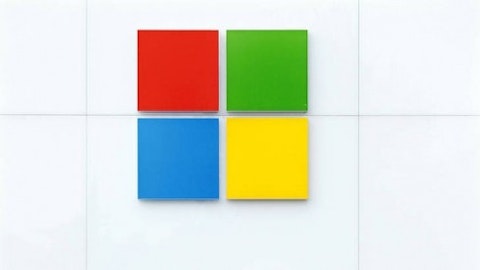They say you can’t cost-cut to success, but Hewlett-Packard Company (NYSE:HPQ) seems to be bucking the trend. HP passed another milestone on Wednesday, raising forecasts for the third quarter and beating on the bottom line.
Hewlett-Packard Company (NYSE:HPQ)’s EPS was $0.87 in Q2 excluding special items (beating forecasts of $0.81 per share). The company also raised its guidance for Q3 EPS to $0.84 to $0.87 (higher than estimates of $0.83). The earnings beat was driven by cost-cutting efforts and not top-line growth, as revenue fell 10% year-over-year to $27.6 billion, missing estimates of $28 billion.
CEO Meg Whitman is focusing on cost-cutting efforts in 2013 and growth in 2014, and it seems that her cost-cutting efforts are working. By the end of 2014, Whitman is expected to have cut 29,000 jobs, which will save Hewlett-Packard Company (NYSE:HPQ)$3.5 billion a year and enable the company to be streamlined enough going forward that it’s able to start posting top-line growth in 2014.
PC woes
What is ailing Hewlett-Packard Company (NYSE:HPQ) is the PC business, which saw revenue fall 20% year-over- year to approximately $7.6 billion. IDC reported that in Q1, PC shipments fell 14%, and by looking at the earnings of the other PC manufacturers, it looks like shipments fell again big in Q2.
Dell Inc. (NASDAQ:DELL) is one of many PC makers lowering its prices to gain market share, something Whitman said she wouldn’t do. Dell’s margins have taken a beating because of a pricing war, with its gross margin recently falling to 19.5% from 21.3% a year earlier. Whitman had this to say of Dell’s pricing strategy during HP’s conference call:
You saw one of our competitors, Dell, completely crater their earnings,” said Whitman. “Maybe that’s what you do when you go private. We’re here to set this company up for the long term, not just get through this year.
Whitman is annoyed with her competitors, who are currently in an aggressive pricing war to gain market share. In Q1 2013 IDC reported that HP’s market share fell to 15.7% from 17.7% last year. Dell Inc. (NASDAQ:DELL)’s market share is 11.8%.
Dell might bebought out by Michael Dell (the founder) and Silver Lake (a private equity firm) for $13.65 a share. Carl Icahn has proposed a counter offer; he has offered either $12 a share in cash or $12 a share in stock of the new company. All of the stock would be converted into shares of a publicly traded company worth $1.65 per share. Dell Inc. (NASDAQ:DELL)’s stock has been trading in a band and will continue to do so until Dell is either bought out or Icahn attempts to turn it around.
Lenovo Group is the real culprit of the pricing war, as it continues to take more market share. Lenovo increased its share of the PC market to 15.3% from 13.2% last year, according to IDC.
Whitman has put her stick in the ground, saying she won’t engage in a pricing war. While this move will cede market share to Dell Inc. (NASDAQ:DELL) and Lenovo (especially Lenovo), it will help Hewlett-Packard Company (NYSE:HPQ) be more profitable. HP’s operating margin in the PC business rose to 3.2% from 2.7% last quarter.

Printing higher margins
HP’s printer business saw margins rise to 15.8% from 13.2% a year earlier while revenue fell by 1%. One of the few divisions to see revenue growth was HP’s printing-supplies business, which rose 2% to $4.1 billion to offset some of the decline.
Hewlett-Packard Company (NYSE:HPQ) might be able to see some top-line growth in its printing business in 2014 as developed nations upgrade their printers to higher-margin systems and emerging markets start posting higher levels of consumer spending. This will help out HP as it has made ink and printers in emerging markets cheap so the emerging middle class can afford them.
If you look at India, the country saw a 3% rise in PC sales in Q1 2013 (according to IDC) and could offer some growth for HP. More PCs mean more printers and ink, as more consumers will have a need for one. HP’s printing division saw pretax profit rise 19% due to cost-cutting efforts even as revenue declined slightly, which means if Hewlett-Packard Company (NYSE:HPQ) can start boosting revenue it will reap larger gains as its margins are higher.
Revenue
Going forward, HP has several possible revenue growth drivers, but if you look at its latest results every division was down expect for a select few. Printing supply revenue was up 2% year-over-year, while PC revenue was down 20%. Printer revenue was down 1% and enterprise software was down 8%.
